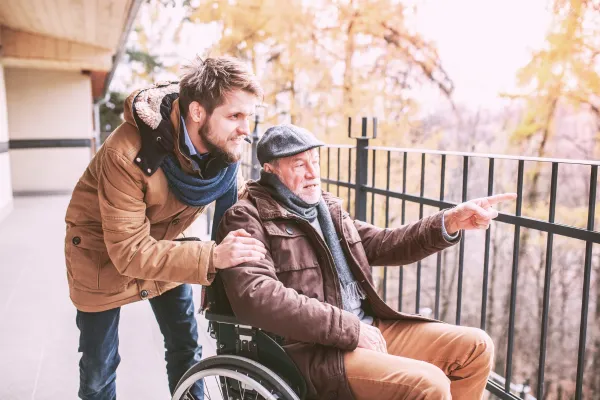
Why Traditional Dementia Care Isn’t Working (And What Caregivers Actually Need)
We’ve made progress in dementia care.
New medications. Better diagnoses. More public awareness than ever before.
But despite these advances, caregivers are still overwhelmed—many of them drowning silently in a system that wasn’t built to support them.
If you’ve ever thought:
“I got a diagnosis, but not a plan…”
This is for you.
The Truth No One Talks About
I’m Laura Wilkerson—nurse practitioner, dementia care specialist, and someone who has walked alongside thousands of caregiving families over the last 25 years. And here’s what I’ve seen time and time again:
Most dementia care is centered around the patient.
And while that seems logical on the surface, here’s the catch:
It’s the caregiver who’s implementing it all—alone, and often invisible.
Caregivers aren’t just exhausted.
They’re operating in a system that unintentionally sets them up to fail.
Here's What Traditional Dementia Care Gets Wrong:
1. It Treats the Disease—But Not the Daily Dynamic
Doctors may explain the diagnosis and offer prescriptions, but what about:
Aggression
Wandering
Repetitive behaviors
Caregiver burnout
Communication breakdowns
Caregivers leave appointments with a med list—but no direction on living with dementia.
2. It Assumes You’re a Professional—Without Training
Suddenly, you're expected to be:
A medication manager
A behavior specialist
A home safety expert
An emotional lifeline
With zero guidance.
There’s no manual. No translator. No map.
3. It Leaves You Out of the Care Plan
Caregivers aren’t an “extra.”
You are the glue. The system depends on you—and yet, it rarely equips you.
What Caregivers Actually Need
Real support means centering the caregiver, not sidelining them.
That starts by asking:
Who was your loved one before dementia?
What matters most to them now?
And what do you need to stay steady?
This is what we call Advocacy-Based Care.
Not just clinical accuracy—relational clarity.
One Simple Step You Can Take Today:
Choose one place where you’ve felt unsupported—and name it.
Try these prompts:
“I wish someone had told me how to manage ____.”
“I didn’t expect to feel this ____.”
“I’ve been handling ____ without help.”
Naming the gap is the first step to closing it.
The Good News? You're Not Alone Anymore
This month, during Alzheimer’s & Brain Awareness Month, we’re shifting the spotlight—onto you.
We’re building a model that includes caregivers from the start.
Because awareness isn’t enough.
You deserve education, support, and a system that actually works.
Ready to Close the Gaps?
✅ Download the FREE Caregiver Gap Report — a practical guide that breaks down what no one told you and what to do next.
🧭 Want a simple way to track medications, visits, symptoms, and more? Get the Medical Assistance Planner (MAP) — used by caregivers and clinicians to stay organized through the chaos.
💬 Need a community that gets it?
Join our Dementia Caregivers Success & Support Network — where you are seen, supported, and surrounded by people who truly understand.
You’re not behind.
You’re not broken.
You’ve just been expected to carry too much—with too little guidance.
Let’s change that.
I’m here sharing for you, while you are caring for them.
- Laura
PS. This topic is also posted to our YouTube Channel, watch it here:

dementia caregiver support, dementia care system, why dementia care fails, caregiver burnout, Alzheimer’s caregiver education, caregiver advocacy, dementia behavior training, caregiver-centered care, traditional dementia care problems, Medical Assistance Planner
